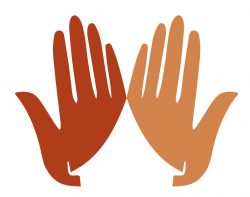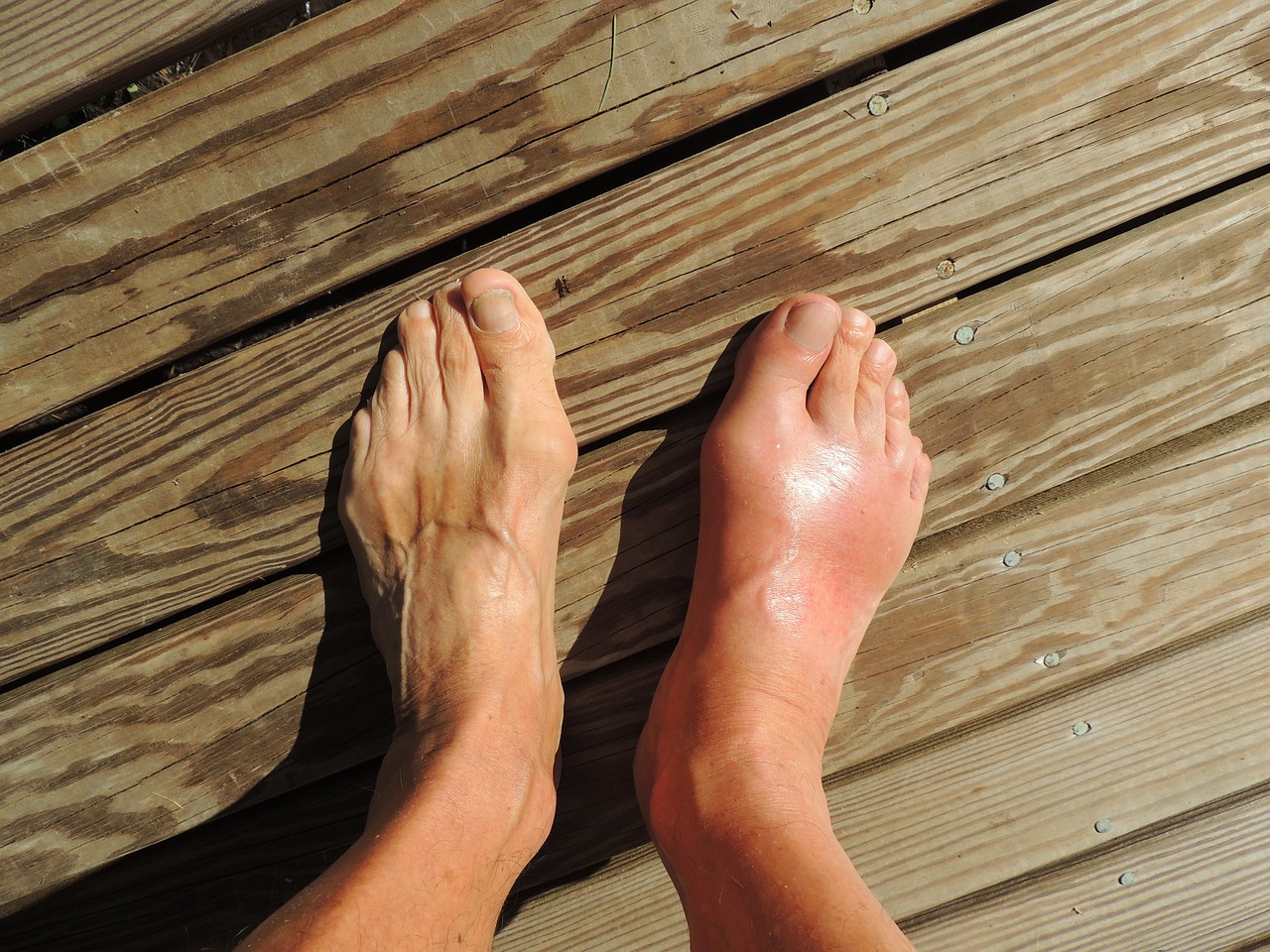Feet, right? “Eurgh, I hate my feet, and I couldn’t bear having anyone touching them” – this is something I hear so often from those brave souls (see what I did there?) who come and sit in my chair. In this article, I thought I’d try and explain what happens in a really top-quality pedicure, why they’re suitable (and necessary) for men and women alike, how I take every precaution to make sure everything is spotlessly clean and hygienic, and how it’s not just slapping a bit of nail varnish on.
First of all, what does the word actually mean? As lots of words are, it comes from the Latin pedis (feet) and curare (to care for), so straight away, we’re looking at it meaning an awful lot more than just painting the toenails. Typically, you can expect to have your feet soaked in warm soapy water, a scrub applied to remove dead skin, your toenails clipped and filed, cuticles tidied up, calluses smoothed off and the feet moisturised. If you like, you can have the toenails painted as well, but this is not a prerequisite.
So, why have this done in the first place, and surely it’s not something for everyone? Well, if you think of it as a treatment to look after the feet and make sure they’re able to carry us on the 110,000 km that we’re told we will cover in our lifetimes, then suddenly it’s not so much “beauty” as “maintenance”. We all know the pain of uncomfortable shoes, aching feet after a long day at work or that horrible end of summer feeling when you’ve been in flip-flops for months and there’s a crust of calluses around your heels which catch on your socks when you put them back on again. Believe it or not, a pedicure can help with all of this. If you live with diabetes, it’s even more important to take care of the feet, to help prevent neuropathy (lack of sensation) setting in, and again, a thorough, diabetes-trained pedicurist can do all this for you. We can also help you with spotting health issues that you might need some medical help with as well – many of us have been studying for three years and more, including the equivalent of an A-level in biology, so your feet are quite literally in good hands.
Next up, what I like to call the “Two H’s” – hurting, and hygiene. Does it hurt? No, absolutely not! I use tools that are precision-made by clinical companies, and am highly trained to use them properly, so the use of nippers, files and other instruments will not hurt at all. If you come to me for help with an ingrowing toenail, there may be a moment’s discomfort as the piece of nail is carefully freed, but it’s over within seconds. A pedicurist will not use any blades, so we do not cut the skin, and certainly don’t use any corrosive products to remove nails, as a more surgical intervention may have to. I believe that most of what people commonly go to a chiropodist for, can be safely and effectively dealt with by a really thorough pedicure. And now the big question – hygiene. What about fungus, and will I catch something? Well, if you come to me, absolutely not! I have been supporting people who have fungal nail infections with absolutely no contamination whatsoever for over four years now. I use the three-step method of cleaning my tools and equipment – washing them thoroughly in hot water and manually removing debris, followed by disinfecting, soaking them in a hospital-grade sterilising fluid, and finally sanitising to kill all bacteria and fungal spores by the use of heat. My towels are washed at the correct temperature, and if I’m feeling fancy, I’ll add a cup of bleach to the wash too. Needless to say, my hands are always scrupulously clean, and there’s always a bottle of hospital grade sanitiser on hand.
So – who comes for a pedicure? Well, everyone, really, from people wanting a really beautifying experience, through people who can’t reach their feet as well as they once could, runners and tennis players, swimmers, those who wear work boots all day, military personnel, right through to more complex cases of neuropathic diabetic clients and the elderly client who has not had anyone to look after them for many years. Crucially, about 30% of my clients are men, so we are living proof that this service really is for everyone. A gentleman who had been nagged by his diabetic nurse to do something about his feet is now being praised by her for taking proper action!
Of course, if your feet haven’t been on your priority list for a while, it might take a course of treatment to get them back to tip-top shape, but after that, you’ll find it much easier to look after them in between visits, which might only need to be once every couple of months, and it’s a really important investment in yourself, which hopefully this article has explained. I really look forward to meeting you soon.

